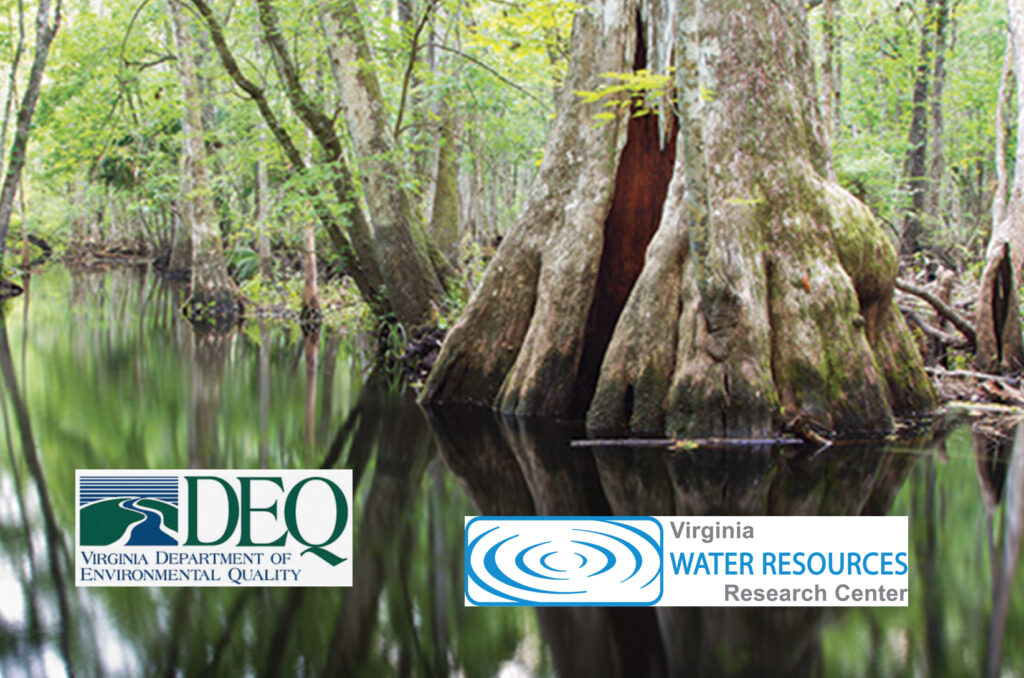
The Water Quality Academic Advisory Committee (WQAAC) published two new reports this week: Emerging Contaminants in the Waters of Virginia and Development of Aquatic Life Use Assessment Protocols for Class VII Waters in Virginia.
Emerging Contaminants in the Waters of Virginia covers a wide list of emerging contaminants in detail, including pharmaceuticals and personal care products (PPCPs), flame retardants, hormones and endocrine disruptors, perfluorinated compounds, antibiotics, antibiotic-resistant microorganisms, antibiotic-resistant genes, micro- and nano-plastics and microfibers, and engineered nanomaterials.
Development of Aquatic Life Use Assessment Protocols for Class VII Waters in Virginia focuses on developing an effective classification method for swamp waters that is accurate, rapid, easy to use, and adaptable.
The Virginia General Assembly in the 1997 Water Quality Monitoring, Information and Restoration Act (WQMIR) directed the Virginia Department of Environmental Quality (DEQ) to develop the EPA-required 303(d) and 305(b) reports in consultation with experts from the state’s universities. To meet the WQMIR academic consultation requirements, the DEQ asked the Virginia Water Resources Research Center to organize and coordinate a Water Quality Academic Advisory Committee to serve as an independent advisory body to the DEQ. The WQAAC reviews and evaluates the scientific merits of the DEQ’s existing and evolving water quality assessment procedures for the 305(b) and 303(d) reports.
To view reports and find out more visit the WQAAC website.
